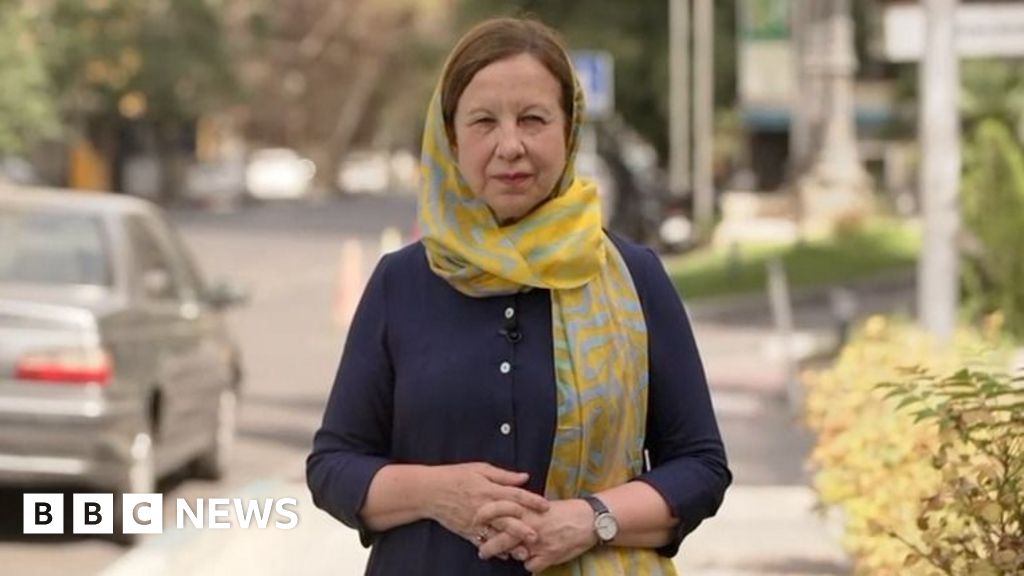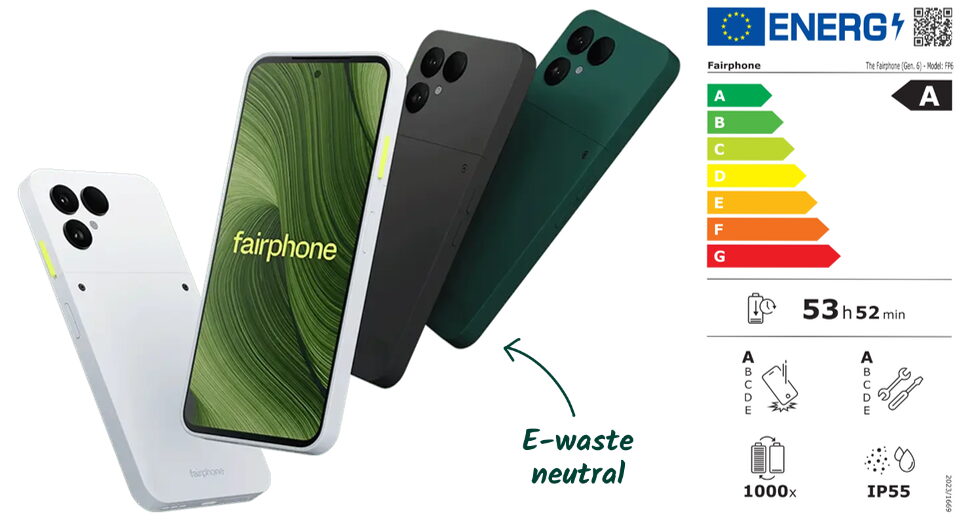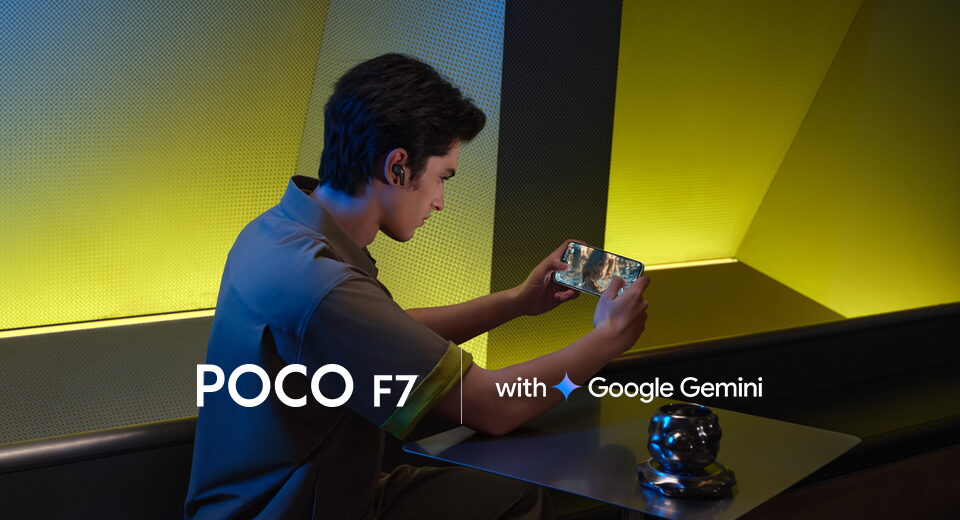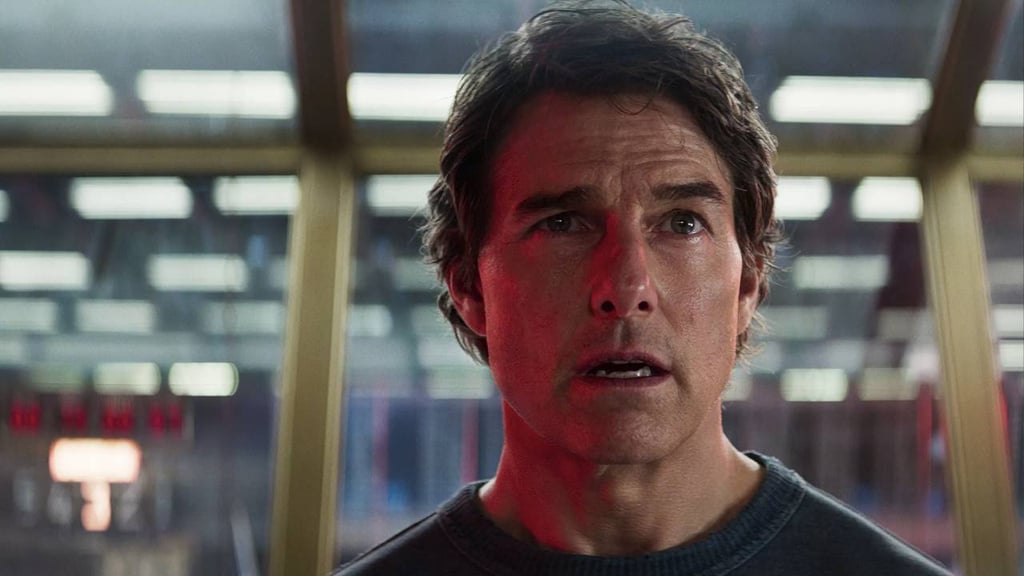Kodiak is using Vay’s remote driving tech in its self-driving trucks


Self-driving trucks developed by Kodiak Robotics contain some remote-driving DNA courtesy of Vay, a driverless car-sharing startup out of Berlin.
The two companies, which announced a partnership on Wednesday, have been working together since last year, when Kodiak’s self-driving trucks began making driverless deliveries for Atlas Energy Solutions in the oil-rich Permian Basin of West Texas and Eastern New Mexico.
The partnership will play a critical operational and safety role when Kodiak, which plans to go public via a merger with a special purpose acquisition company, begins commercial driverless deliveries on public highways in Texas in the second half of 2026.
Remote driving, also called teleoperations, has emerged as a sort of bridge technology for autonomous vehicles. The technology is often used to support sidewalk delivery robots, low speed autonomous shuttles, and even self-driving forklifts. The rise of robotaxis has brought new attention to the technology, along with speculation of which companies are using it.
Vay’s remote-driving technology supports Kodiak’s own autonomous driving system. The two technologies work together — each with its redundant systems and guardrails — to let a human remotely control a Kodiak self-driving truck in certain low-speed environments.
The German company’s teleoperations rig includes a steering wheel, screen, vehicle controls and software that lets a human driver — using low-latency communication from a remote location — operate the Kodiak truck.
However, Kodiak’s self-driving system — specifically its proprietary “assisted autonomy” technology — still retains control. The underlying automated driving system remains active and sets limits on what the remote human driver can do if they begin navigating the self-driving truck.
“It’s not a direct system where you just turn the steering wheel and you flip a truck,” Kodiak’s CTO Andreas Wendel said, explaining how the autonomous system handles much of the driving. The remote driver, using Vay’s rig, tells the vehicle where to go, but Kodiak’s system still runs all its checks to keep it on track.
“Why is that important? Because we drive various different vehicles, from big semis to F-150s to military vehicles. They have different loads and sometimes they have a full trailer; sometimes an empty one; sometimes no trailer. And for our remote assistance personnel, it should feel exactly the same no matter what the load is. That’s what we achieve here,” Wendel said.
Kodiak says its employees, all of whom have commercial driving licenses and undergo rigorous training, use Vay’s system to operate the self-driving trucks in low-speed scenarios, such as if the truck were to encounter a complex construction zone with law enforcement making hand signals.
Wendel told TechCrunch Kodiak began investigating remote-driving technology when it was awarded a contract by the U.S. Army in 2022. He said the Army needed a system that could turn to remote operators, if needed.
“They run into a lot of use cases where they can’t just rely on the autonomy doing its thing,” he said, explaining how a driverless military vehicle might need to suddenly change course and hide behind brush. “Getting your autonomy to actually understand that is very tricky,” he said.
Kodiak began to build its own remote-driving technology, but then found Vay, which had already deployed its system in the real world.
The partnership is the latest win for Vay, which has made teleoperations technology the centerpiece of its car-sharing business. The startup got its start as a driverless car-sharing company that developed remote-driving technology to let employees sitting in an office pilot empty vehicles to customers.
When a Vay vehicle arrives, the customer hops in and takes over manual control of the car. Customers drive themselves to their destination, and the teleops driver pilots the vehicle back when the customer is finished. Vay, founded in 2019, has recorded more than 10,000 commercial trips.
The company’s co-founder and CEO Thomas von der Ohe sees Vay going beyond its consumer-facing service. Last September, the company began expanding into commercial and business-to-business services.
“I often describe it as a bit like how Amazon built AWS on the back of their Amazon success,” he said. “This is how we want to build out that global remote driving platform.”
Kodiak’s founder and CEO Don Burnette said its branded “assisted autonomy” system gives the company more flexibility to deliver customers’ freight in a greater range of locations and scenarios.
“No matter the maturity of an autonomous driving system, there are still scenarios that will benefit from human assistance, if only as a backup,” he said.
What's Your Reaction?
 Like
0
Like
0
 Dislike
0
Dislike
0
 Love
0
Love
0
 Funny
0
Funny
0
 Angry
0
Angry
0
 Sad
0
Sad
0
 Wow
0
Wow
0










































